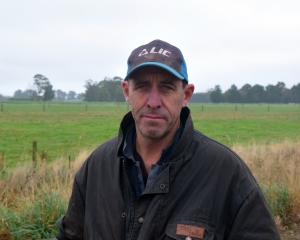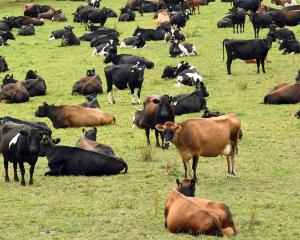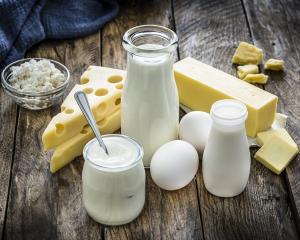A run of 11 consecutive prices increases has been ended by a 1.4% fall in this week's GlobalDairyTrade auction index.
That included a 2.1% drop in whole milk powder prices, while butter prices were down 3.2% and skim milk powder prices lifted 0.5%.
The auction was the final event in the 2018-19 dairy season and, while the result was a little softer than expected, whole milk powder prices remained comfortably above $3000 a tonne, Westpac senior economist Anne Boniface said.
Demand from China looked to have remained reasonably firm over the last month, although not as strong as earlier in the year.
Ongoing firm demand from China would be key in determining whether dairy prices were able to remain near those levels, she said.
ASB senior rural economist Nathan Penny said the bank suspected the overall price fall reflected weaker demand resulting from the recent fall in the Chinese currency.
Since the last auction, the Chinese yuan had dipped about 2% against the US dollar, matching the whole milk powder price fall.
Given New Zealand was now moving into the dairy off-season, it was expected prices might continue to ''bobble along'' near current levels over the next month, until markets learned more about the production outlook for the new season.
At this early stage, the bank expected new season New Zealand production levels to be modest. In particular, spring production was unlikely to match the record production levels recorded last year.
The modest New Zealand production outlook and already soft production in other dairy exporters, combined with firm demand, all pointed to dairy prices moving towards a cyclical peak over 2019, he said.
ANZ agriculture economist Susan Kilsby said global economic growth remained subdued, which had the potential to reduce international demand for dairy commodities.
In particular, New Zealand's dairy prices had become ''very entwined with the fate of the Chinese consumer''.
While the Chinese economy was coming under some pressure, global dairy consumption appeared to be steady, as was demand for other food products, Ms Kilsby said.
Demand at the commodity level had also been bolstered by the erosion of the government-held stocks of skim milk powder that had overhung the European dairy markets since milk supply surged following the removal of milk price quotas in April 2015.
Global demand for dairy commodities remained robust except for whey.
New Zealand manufactured only small quantities of whey and the majority of that was used in high-end products rather than whey powders. Global exports of whey primarily came from the United States and Europe.
China had been a big importer of low-grade whey products as pig feed, but the spread of African swine flu there had reduced demand for whey, sourced mainly from the US.
The resulting downward pressure would reduce farm-gate returns and production incentives for European and US dairy farmers, she said.











